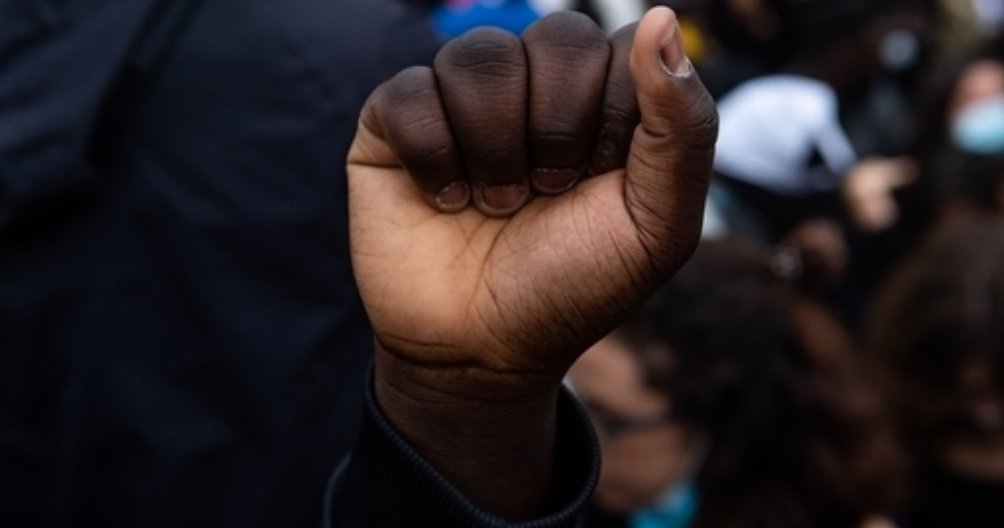
Well-known Italian activist and writer Esperance Ripanti, 28, in an interview with Rivista Studio, said she remembers exactly when she started to use Instagram as an activism tool. “It was 2018, February 3,” the day of the drive-by shooting in Macerata, when Italian extremist and failed Northern League candidate Luca Traini shot and injured six black migrants.
That summer, Ripanti launched the hashtags #facciamoluce #facciamofolla (#shedlight and #makeacrowd) to ‘sign’ her posts on race and racism. “It is a digital form of activism that I made real,” Ripanti said to me over the phone. “The COVID-19 lockdown in Italy has taught people to communicate with each other without being in the same room,” she added.
The pandemic itself has laid bare systemic inequalities and racial discrimination as several Italian black influencers, as Tia Taylor and Bellamy Okot, founder of the blog AfroItalian Souls, have pointed out. Taylor, for instance, reported the experiences of medical students who aren’t trained on how skin diseases look on darker skins. (It’s a worldwide phenomenon, with one black student in London having recently published a book to help healthcare staff identify symptoms on darker skin.)
Empty activism?
Razzismo Brutta Storia (meaning: Racism ugly story) is an older anti-racist organisation than these Instagram accounts, having been founded in 2008. It is made up of researchers, activists and artists from racialised backgrounds who publish academic articles and opinion pieces and organise lectures and sit-ins.
Last June, for instance, the group put together “Decolonise the city”, a public lecture on Italian colonialism in the Milanese gardens that host Indro Montanelli’s statue. But a spokesperson told me that in the past year “our content, especially on Instagram, found a bigger reach than ever” – including among white Italians willing to talk about racism for the first time.
Not all people of colour were pleased with this new, unexpected attention. “I was shocked by the number of followers that swarmed into my profile,” said Ripanti, mentioning the sudden interest of white Italians in the much-needed conversation about racism. “I felt like I was part of a trend.”
tinyurlis.gdu.nuclck.ruulvis.netshrtco.de
مقالات مشابه
- هیچ پایان دادن به نپال حزب حاکم در بحران, کلید, ملاقات را
- خیابان اپرا در طول مستند
- ارشد نوروز در هشت کشور جدید را شکل داد برای مقابله با چین
- کتاب الکترونیکی
- Coronavirus جهانی به روز رسانی جولای 24: روسیه برای از سرگیری پروازها با, انگلستان, ترکیه, تانزانیا, در تاریخ 1 اوت
- Coronavirus نه 'ساخته دست انسان و یا اصلاح شده ژنتیکی': ما سازمان های اطلاعاتی
- Guy Fieri فیلمبرداری در رستوران در فارگو-مورهد
- مایک پنس مطبوعاتی وزیر آزمایش مثبت برای ویروس می گوید تهمت
- Bolsonaro دیگران اجتناب ماسک در تاریخ 4 ژوئیه جشن در برزیل
- قرمز دریاچه حد walleyes